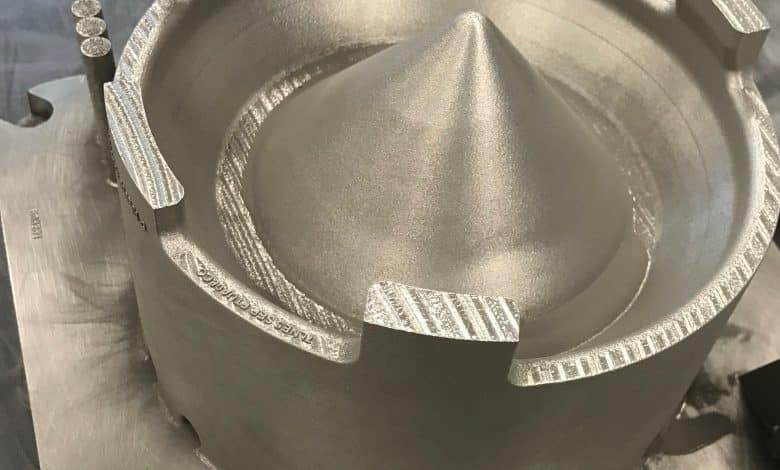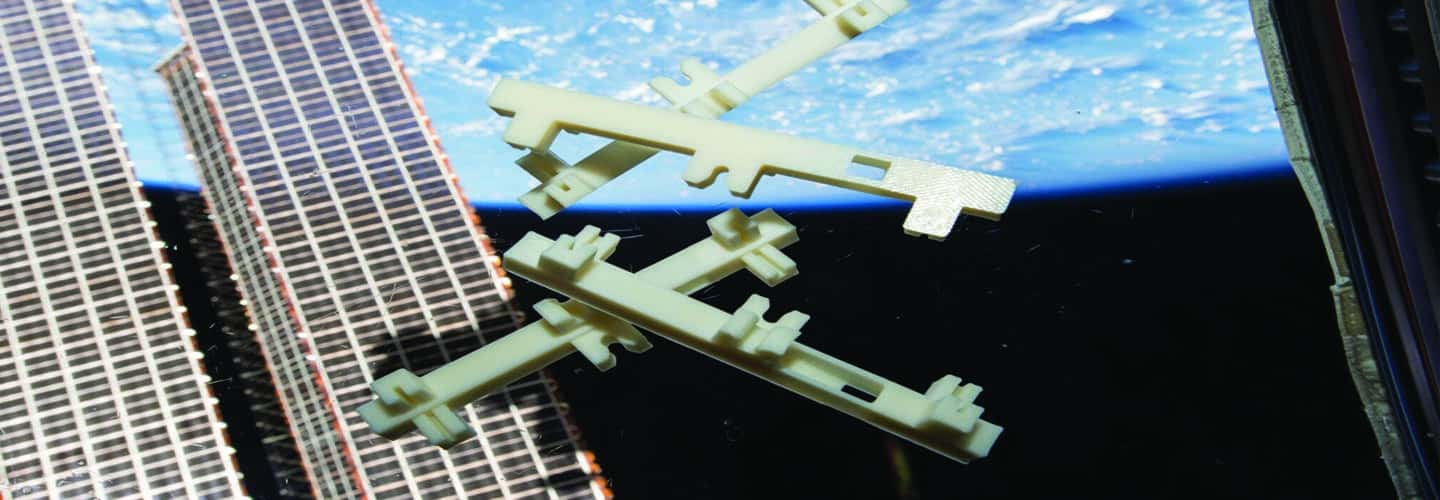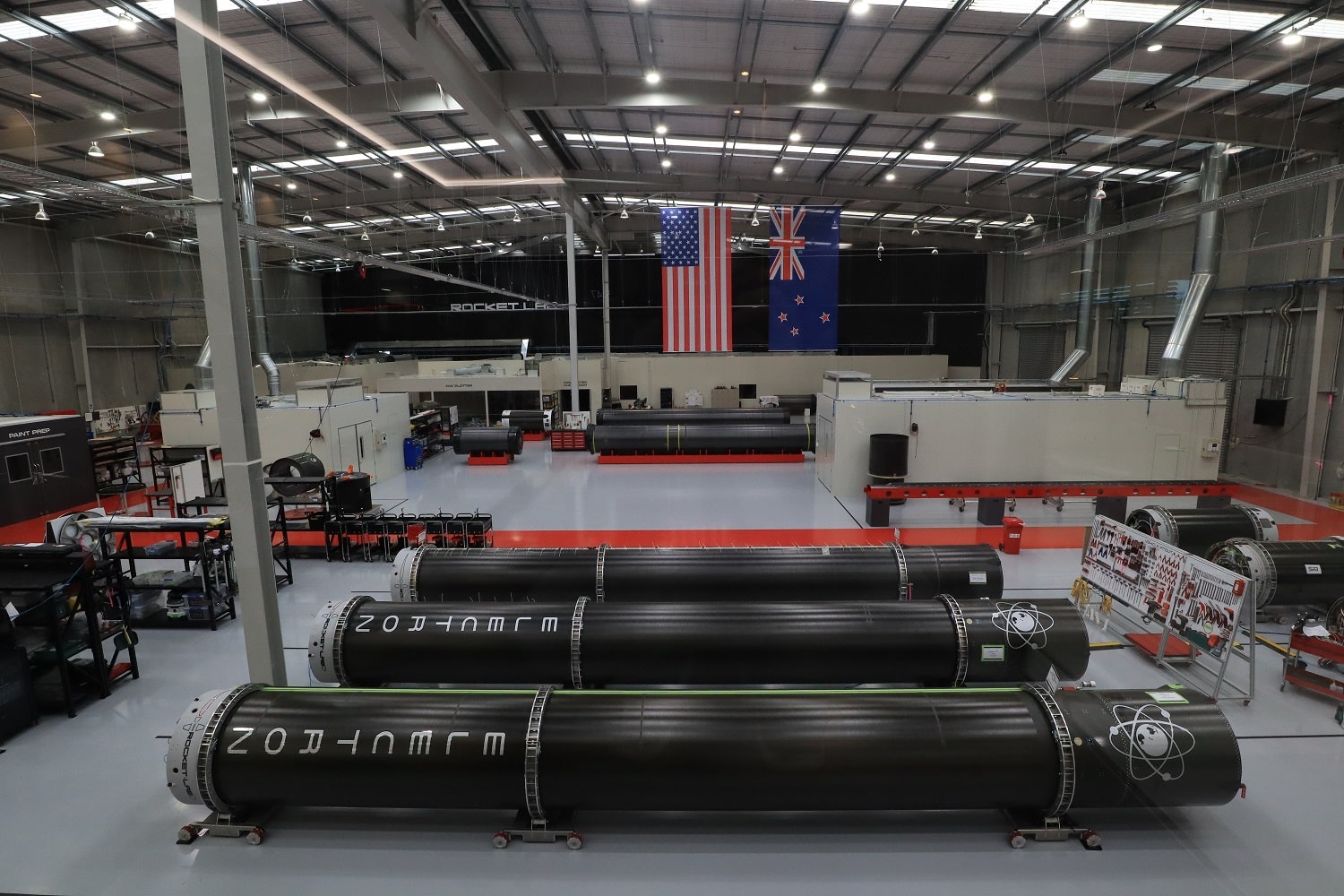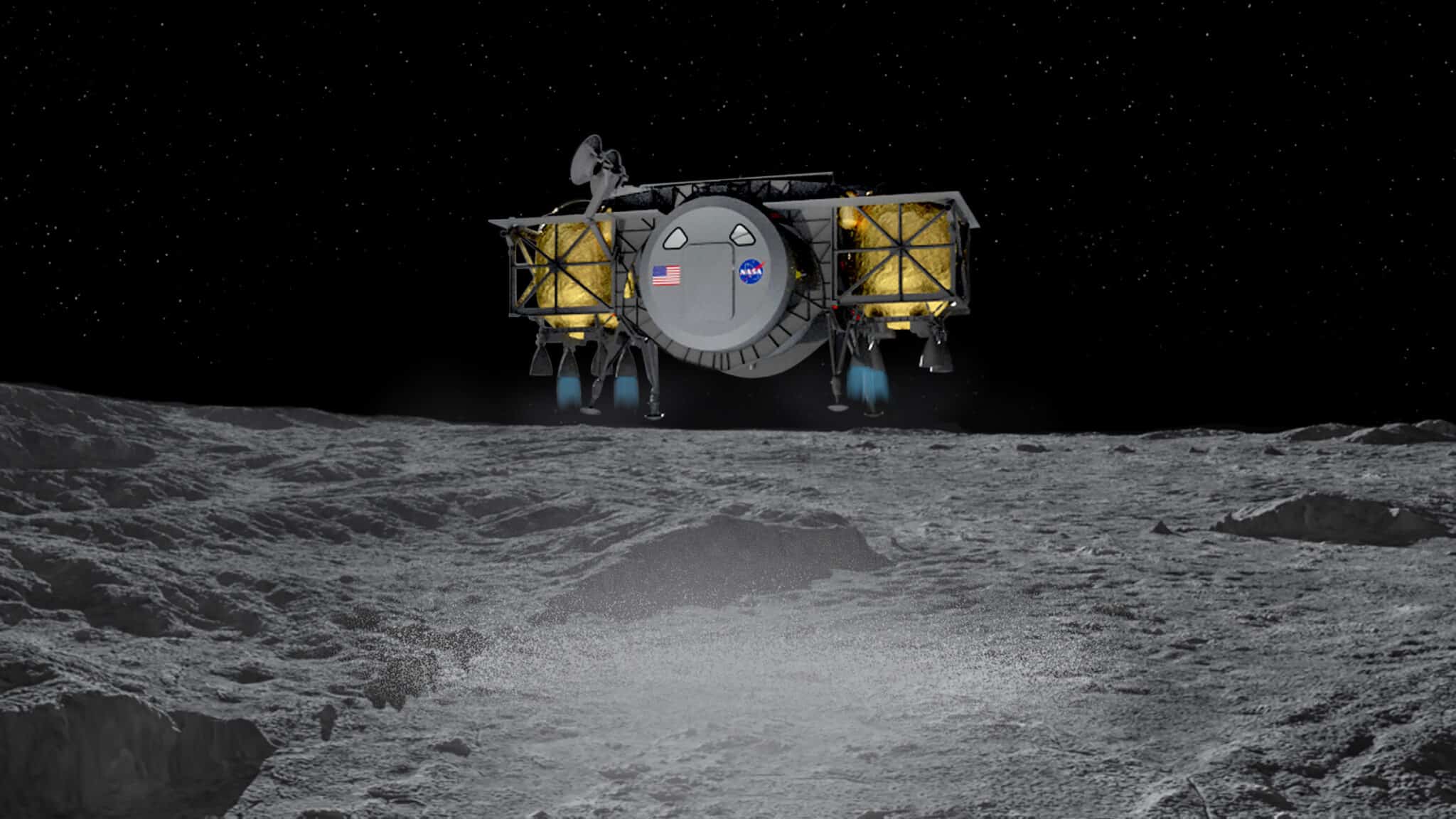Italian research group 3D prints UV telescope components for ISS Aerospace
A collaborative project by the Italian Space Agency (ASI), the Russian Space Agency Roscosmos and the Instituto Nazionale di Fisica Nucleare (INFN) has revealed it 3D printed certified parts for a cosmic UV telescope that was recently deployed to the International Space Station (ISS).










